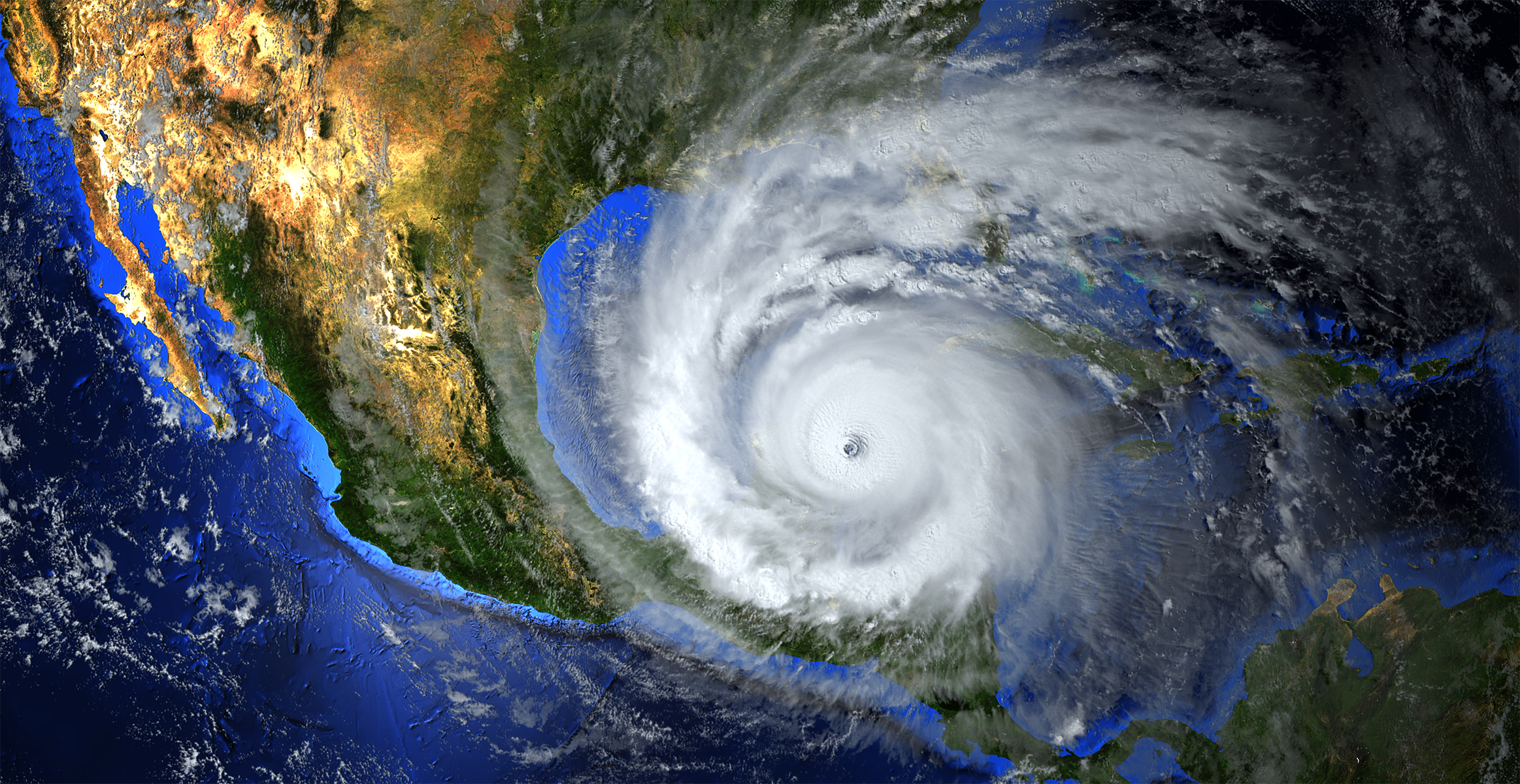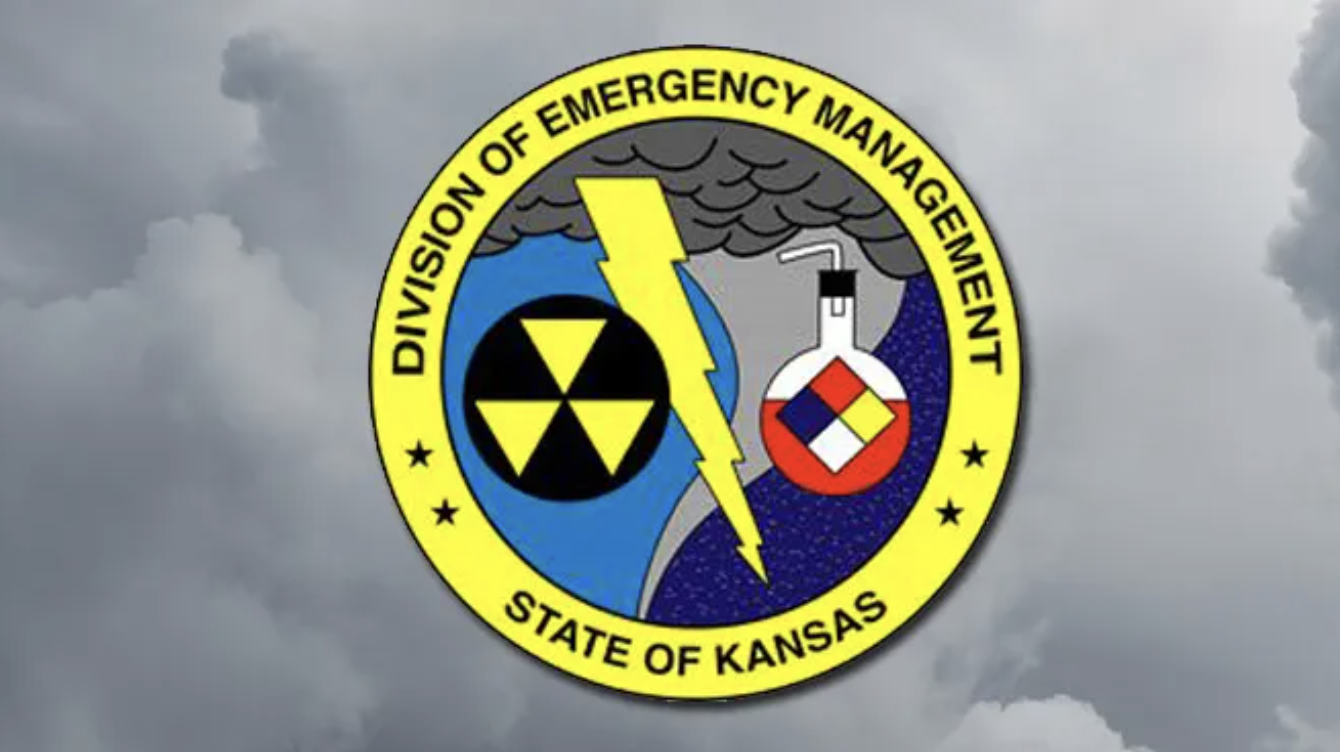Hurricane Helene took an unexpected and devastating path, hitting North Carolina with an intensity rarely experienced in the state’s western regions. Cities like Asheville and Boone were unprepared for the flash floods, landslides, and road collapses that followed Helene’s torrential rains and powerful winds. These communities, nestled in the foothills and mountains, typically escape the brunt of hurricanes, but Helene defied the usual patterns, pushing well inland and leaving widespread destruction in its wake.
Thousands of homes and businesses across North Carolina were heavily damaged, with roadways severed and neighborhoods isolated for days. Nearly 100 residents remain unaccounted for, adding to the urgency and emotional toll of recovery efforts. With power and other utilities only recently restored in many areas, families continue to grapple with the storm’s aftermath, while state and federal officials work to assess the full extent of the damage.
Ongoing Cleanup Efforts in North Carolina
As of the latest update, North Carolina’s cleanup efforts remain a monumental task, with emergency responders and volunteers working tirelessly to restore normalcy. In western North Carolina, especially in the Appalachian regions, crews have been clearing debris from landslides, repairing washed-out roads, and providing emergency shelter and supplies to displaced families. National Guard units and local emergency teams have been deployed to reach remote areas that were cut off by the storm, while utility workers continue to restore power to the remaining affected homes.
FEMA has begun processing disaster declarations, providing financial aid to homeowners and businesses severely impacted by the storm. However, some communities remain without basic utilities, as recovery efforts focus first on restoring major roadways and clearing debris. With schools and businesses in many towns still shuttered, there is a long road ahead for recovery.
In particular, search-and-rescue operations are still ongoing, with local authorities focusing on locating the nearly 100 residents who remain unaccounted for. Volunteers have also stepped up to assist, delivering essential supplies like food and water to the hardest-hit areas. State and local governments are working in coordination with federal agencies to ensure that recovery funds and resources are distributed effectively, but the scale of the devastation means that it could be weeks, if not months, before some areas see full recovery.
Impact on Unaccustomed Communities
The effects of Hurricane Helene on communities not used to such severe weather have been especially challenging. In western North Carolina, where disaster preparedness is typically focused on risks like winter storms or forest fires, Helene’s flooding rains and hurricane-force winds took a severe toll. Landslides in mountainous regions caused further damage to infrastructure and homes, making certain areas unreachable for days after the storm passed.
Many families have been displaced, and schools in several towns remain closed as cleanup efforts progress. Local and state emergency services are stretched thin, while volunteers and grassroots organizations have stepped in to provide basic necessities to affected residents. The storm’s unprecedented nature has made recovery an overwhelming process for many towns and cities across North Carolina, especially those that typically do not face the threat of hurricanes.
The Future of North Carolina and Climate Change
Hurricane Helene’s unprecedented path and strength are stark reminders that North Carolina may face more frequent and severe storms in the future. As ocean temperatures continue to rise due to climate change, the state is likely to experience more unpredictable and powerful hurricanes. Warmer oceans fuel stronger storms, allowing them to carry more moisture and sustain higher wind speeds, which ultimately increases the potential for inland destruction, as seen with Helene.
Communities that once felt insulated from such extreme weather must now consider the possibility that hurricanes could become the new normal. For North Carolina, this means adjusting its approach to disaster preparedness and ensuring that both coastal and inland regions are better equipped to handle these events. Investments in infrastructure, public awareness, and emergency management tools will be critical to building resilience in the face of climate change.
As the state processes the aftermath of Hurricane Helene, it must also begin to prepare for a future where extreme weather events may occur more frequently. By acknowledging the impacts of climate change and adapting to these new realities, North Carolina can better safeguard its communities against future storms.
Juvare Software Capabilities in Emergency Management
In the face of unprecedented disasters like Hurricane Helene, emergency management teams require advanced tools to coordinate effectively and respond swiftly. Juvare’s suite of software solutions offers the capabilities to meet these challenges:
- Crisis Track: This damage assessment tool automates workflows, integrates citizen damage reporting, and aids in both public and individual assistance processes. It’s designed to support FEMA declarations and ensure resources are allocated where they’re needed most.
- WebEOC: Juvare’s flagship software for emergency operations centers (EOCs) facilitates seamless interagency communication. By providing a centralized platform for real-time data sharing, WebEOC enhances coordination among federal, state, and local agencies, streamlining disaster management efforts.
- EMResource: This tool helps medical facilities manage patient capacity and resource availability, ensuring efficient patient care during disasters. By allowing healthcare systems to report their status in real-time, EMResource helps direct patients to facilities where they can receive timely care.
Together, these tools empower emergency managers to streamline their operations, combat misinformation, and ensure that disaster response efforts are coordinated and efficient.





















